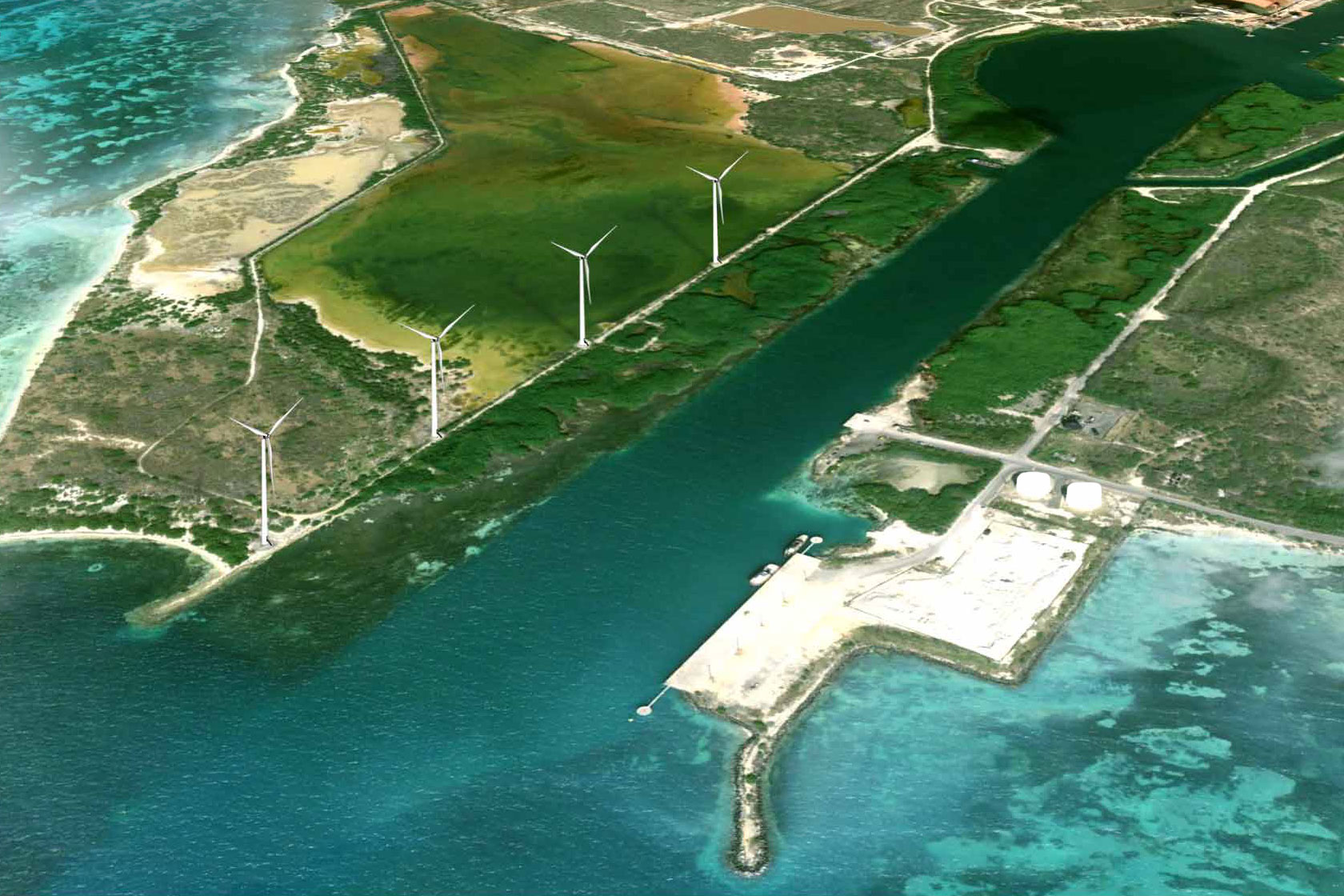Behind the Meter
Behind the meter (BTM) wind turbine installations are sometimes referred to or known as "On-Site" or "Distributed Wind" installations. Regardless of which term is used, the behind the meter approach is one that is designed specifically for an individual power users location or business. BTM wind installations can include many types and sizes of configurations, and cover a wind range of sizes and industries.
The BTM power model is typically best suited for applications that require the use of some type of continuous power. The main reason the BTM model is best utilized for continuous use power applications is financial. Simply because of the nature of wind, it is not possible to accurately predict short-term wind speeds or to be able to rely on certain wind speeds capable of producing power doing specific times during a day.

Put another way, wind power is not "dispatch-able", meaning you can not schedule when the power is generated. Which means generally the power normally has to be consumed when it is produced. There are some means to store energy generated by wind and other renewable systems, but most of the current commercially available power storage methods are expensive and therefore not economically viable.
There are several strategies that are being pursued specifically to develop commercially viable power storage including battery storage, capacitors, and other methods, and advances in these technologies continue to be made.
Site locations or facilities who can use a continuous power load are uniquely suited to use and are ideal candidates for the BTM model, as the wind power can be consumed as it is produced, regardless of the time of day.
Closed Systems
Closed power generation systems are typically found in remote regions of the world, most commonly in island environments and are generally described as power systems, which are self-contained. Power generators in closed power systems are not part of a larger power grid containing multiple power generators. Therefore power generators in a closed power system do not have the ability or option of relying on adjoining power generators in a larger grid system to assist or provide power during times of power outages or whenever an additional power, etc. Closed systems can exist anywhere and can come in many different sizes and shapes. Simply defined, a closed power system could be any site that is considered "off grid", producing its own power and separate and apart from any other power grid.

The introduction or installation of wind power generation systems into any closed power systems presents its own special set of circumstances. System stability is of paramount concern in any closed power system and the fluctuations associated with wind power must be balanced in the system in a manner compatible with the existing technology in the closed system. A number of technical parameters have to be evaluated and considered, including but not limited to ramp speeds, penetration levels and several other factors. Ultimately, wind power delivers the same economical benefits under both power models, but is achieved and implemented using different means.